GUÍA DE ENTRENAMIENTO PARA PRINCIPIANTES [SPA 🇻🇪]
22
About :

GUÍA DE ENTRENAMIENTO PARA PRINCIPIANTES [SPA 🇻🇪] [ENG🇺🇲]
TRAINING GUIDE FOR BEGINNERS [SPA 🇻🇪] [ENG🇺🇲]
Hello to all friends of SWC, My name is José Mota @whoismota and today I bring you as my first post, a Calisthenics training and exercise guide for newly initiated athletes or for people who want to know a little more about the discipline before starting.
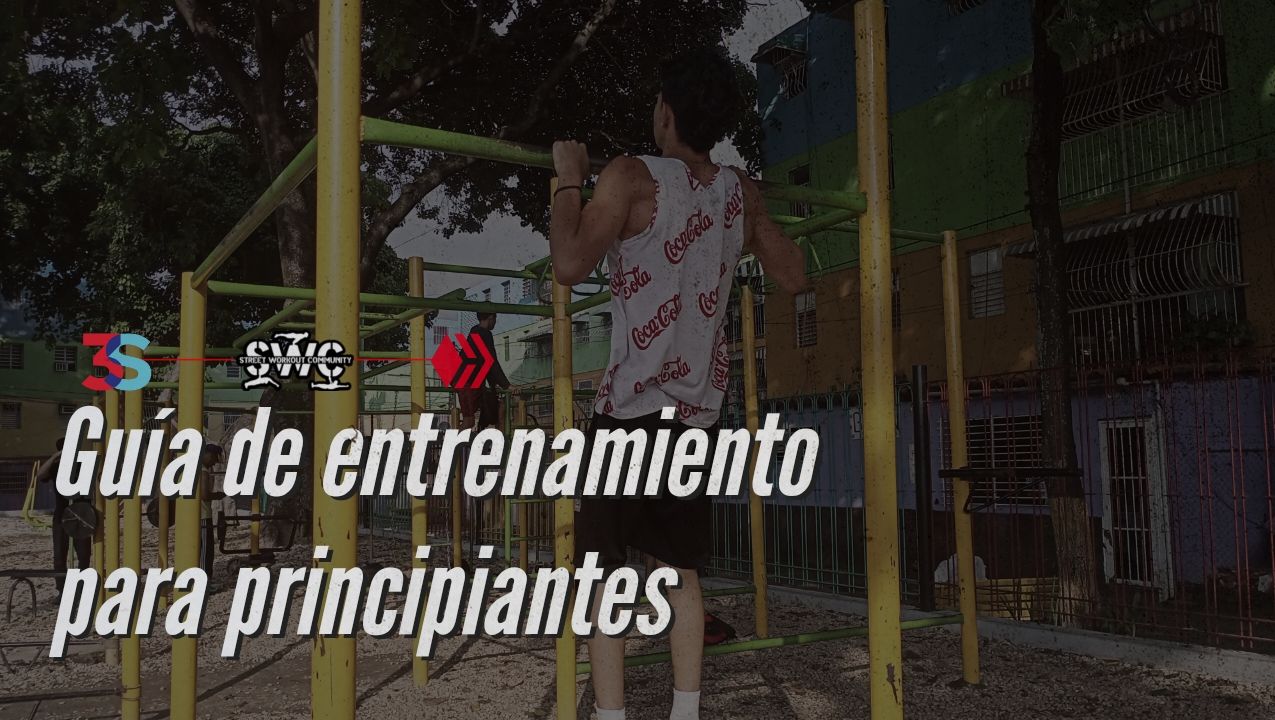
Ésta guía contiene un planteamiento básico de una forma de entrenar a la cual obviamente se pueden hacer modificaciones a gustos de cada persona pero en éste caso voy a exponer sobre un prototipo de entrenamiento sin ningún añadido extra.
El método de entrenamiento del que les estaré hablando es el Entrenamiento por grupo muscular. Se basa en trabajar cada día un grupo muscular diferente de manera que al final de la semana, hayamos trabajado cada grupo muscular al menos una vez.
Es la típica distribución que se siguen en los gimnasios comerciales y es muy efectiva si queremos conseguir un desarrollo físico completo y balanceado además de si queremos introducir una amplia variedad de ejercicios, sin embargo no es muy buena elección si queremos progresar en numerosos trucos y movimientos de la Calistenia.
Es muy recomendado para iniciar ya que nos permite ganar fuerza de una manera más rápida y mejor distribuida, por supuesto que ha medida que vayas avanzando tendrás que utilizar otro tipo de entrenamiento que sea más específico para lo que quieres conseguir.
De igual manera, no es posible trabajar solo un músculo, el cuerpo trabaja en armonía y un músculo siempre apoya a otro, por eso debemos hablar de grupos musculares al entrenar.
This guide contains a basic approach to a way of training to which obviously you can make modifications to suit each person but in this case I will expose on a prototype training without any extra additions.
The training method I will be talking about is the Muscle Group Training. It is based on working a different muscle group each day so that by the end of the week, we have worked each muscle group at least once.
It is the typical distribution followed in commercial gyms and is very effective if we want to achieve a complete and balanced physical development and if we want to introduce a wide variety of exercises, however it is not a very good choice if we want to progress in numerous tricks and movements of Calisthenics.
It is highly recommended to start because it allows us to gain strength in a faster and better distributed way, of course as you progress you will have to use another type of training that is more specific to what you want to achieve.
In the same way, it is not possible to work only one muscle, the body works in harmony and one muscle always supports another, that is why we must talk about muscle groups when training.

Como primer ejemplo hablaré sobre las dominadas. Este ejercicio consiste en levantar tu cuerpo mientras pende de una barra fija hasta el punto en que nuestra barbilla sobrepase la barra.
Algunos de los músculos que se trabajan en las dominadas son: dorsal, trapecio, romboides, bíceps, entre muchos otros.
As a first example I will talk about the pull-ups. This exercise consists of lifting your body while hanging from a fixed bar up to the point where your chin goes over the bar.
Some of the muscles that are worked in the pull-ups are: dorsal, trapezius, rhomboids, biceps, among many others.
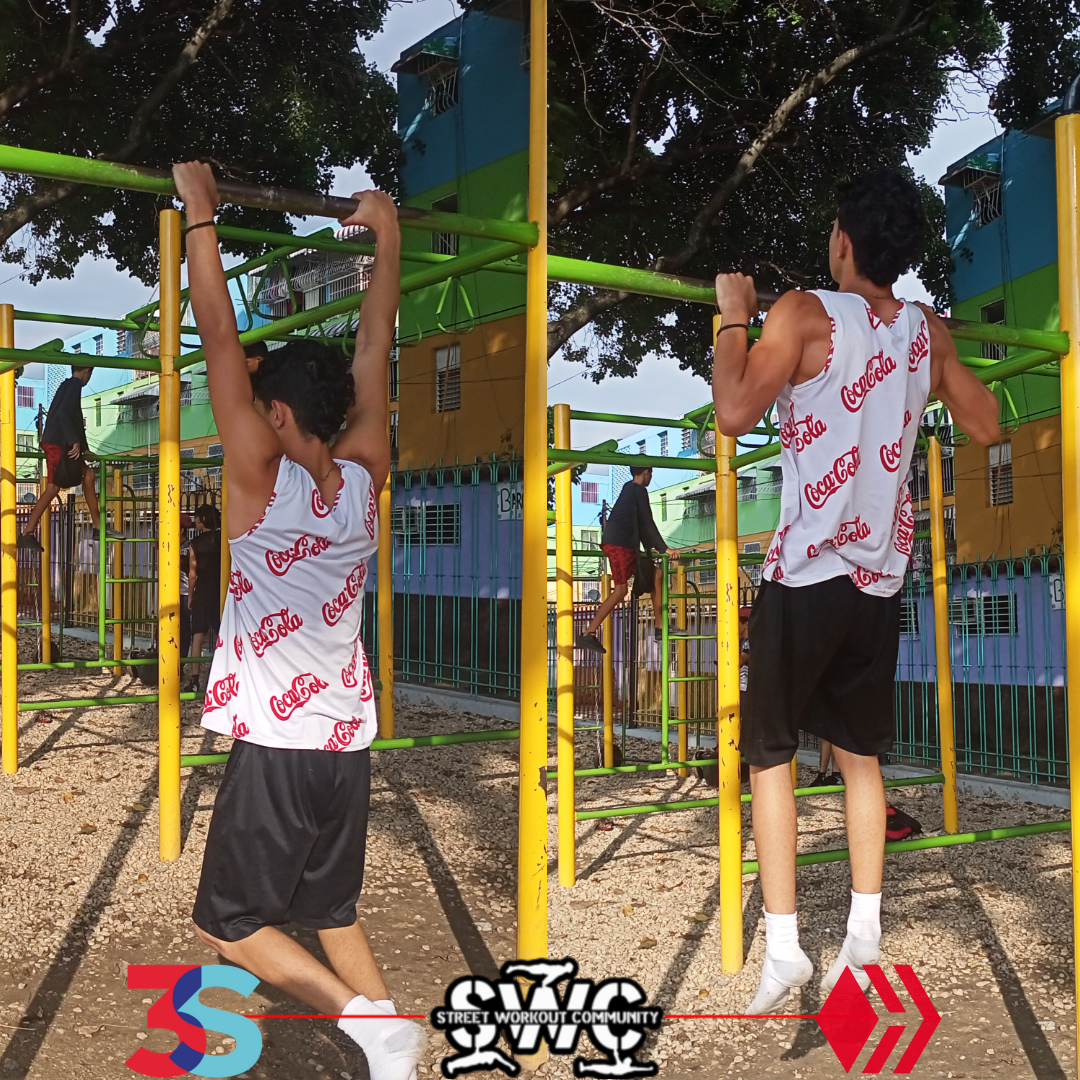
Por supuesto existen variaciones tanto del agarre como de la manera en que realizamos el ejercicio que te permiten trabajar más unos músculos que otros. Por ejemplo, si realizamos las dominadas con agarre supino estaríamos trabajando más los bíceps.
Of course there are variations in both the grip and the way we perform the exercise that allow you to work some muscles more than others. For example, if we perform the pull-ups with supine grip we would be working more the biceps.
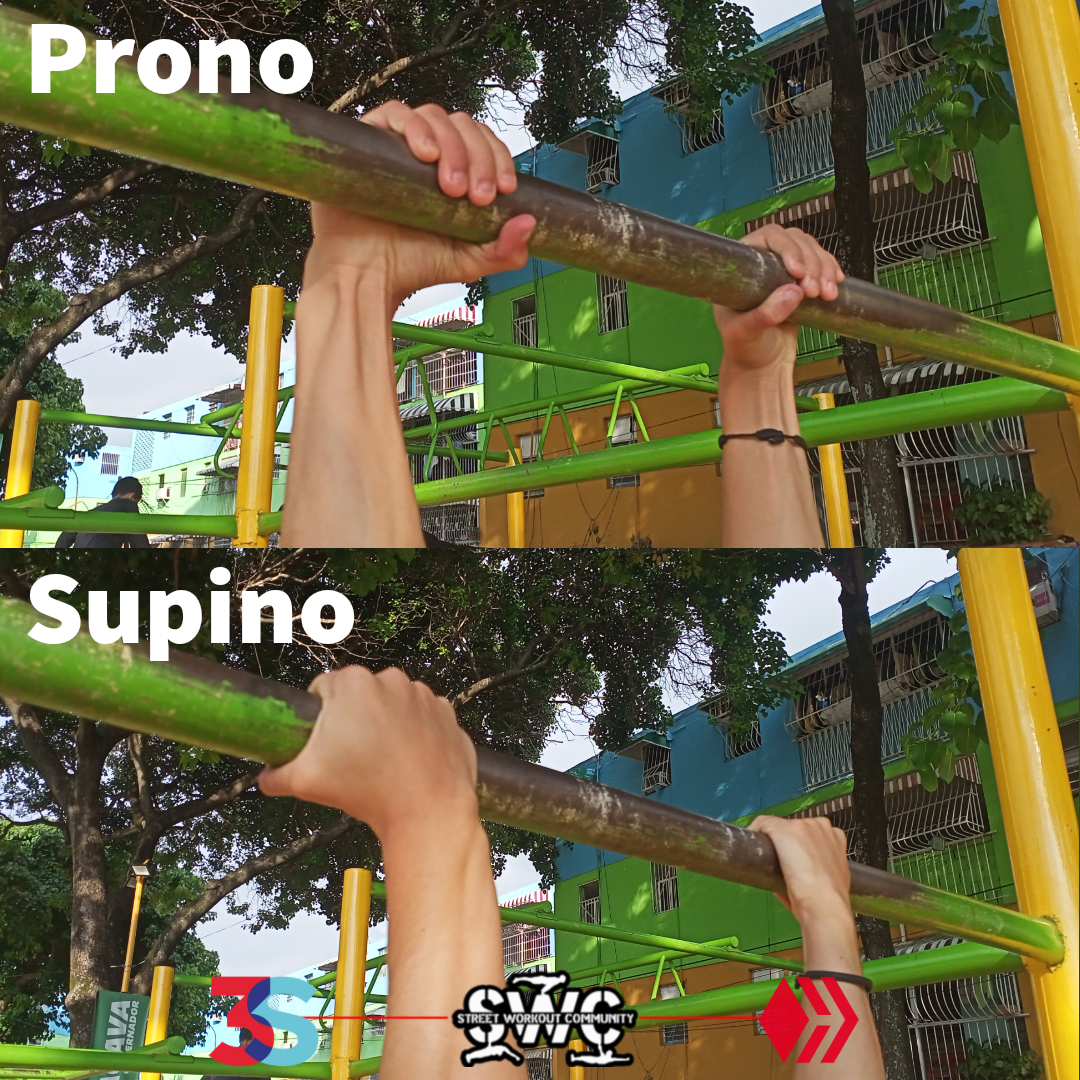
El segundo ejemplo de ejercicios de grupos musculares son los fondos. Los fondos pueden hacerse en barras paralelas de modo que se trabaja de forma intensa el pectoral y el tríceps colocando los brazos estirados a la anchura de los hombros y elevando y descendiendo el cuerpo en vertical hasta hacer un ángulo de 90 grados con el codo.
Al igual que con las dominadas existen diversos tipos de fondos que te permiten trabajar unos músculos más que otros. Por ejemplo, existen los fondos en barra recta o fija, esta variante desplaza un poco más del trabajo hacia el pectoral y deltoides.
The second example of muscle group exercises is the pull-ups. Pull-ups can be done on parallel bars in a way that intensely works the pectoralis and triceps by placing the arms stretched at shoulder width and raising and lowering the body vertically to make a 90-degree angle with the elbow.
As with pull-ups, there are different types of pull-ups that allow you to work some muscles more than others. For example, there are straight or fixed bar pulldowns, this variant shifts a little more work to the pectoral and deltoids.
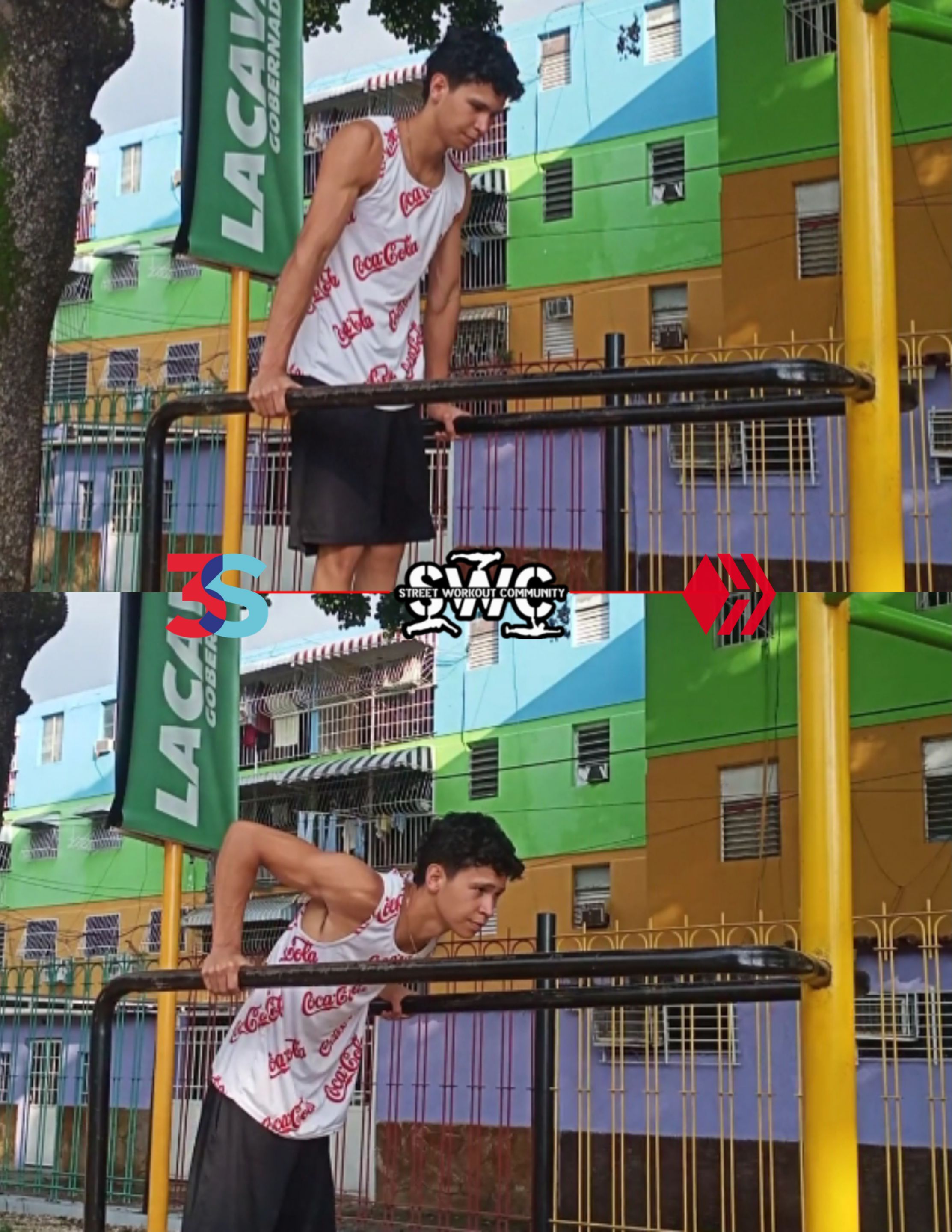
Así como esos, también existen una gran variedad de ejercicios que trabajan los músculos por grupo. Es recomendable entrenar cada grupo muscular de dos a tres veces por semana, por supuesto agregando o quitando más ejercicios, repeticiones o series dependiendo de tu nivel.
As well as these, there are also a wide variety of exercises that work the muscles by group. It is advisable to train each muscle group two to three times a week, of course adding or removing more exercises, repetitions or sets depending on your level.
Con éste post quiero dar a conocer cómo se dividen los grupos musculares y como se trabajan dependiendo los ejercicios, no es una rutina específica sino más bien una metodología.
Pronto estaré subiendo rutinas específicas (ejercicios, series, repeticiones) sobre cada grupo muscular desde nivel principiante hasta nivel avanzado, explicadas detalladamente.
With this post I want to let you know how the muscle groups are divided and how they are worked depending on the exercises, it is not a specific routine but rather a methodology.
Soon I will be uploading specific routines (exercises, sets, repetitions) for each muscle group from beginner to advanced level, explained in detail.
Muchas gracias a todos por su atención. ¡Nos vemos luego en el próximo post!
Thank you all for your attention, see you in the next post!

|
|---|
Tags :
Their limit for today is $0!
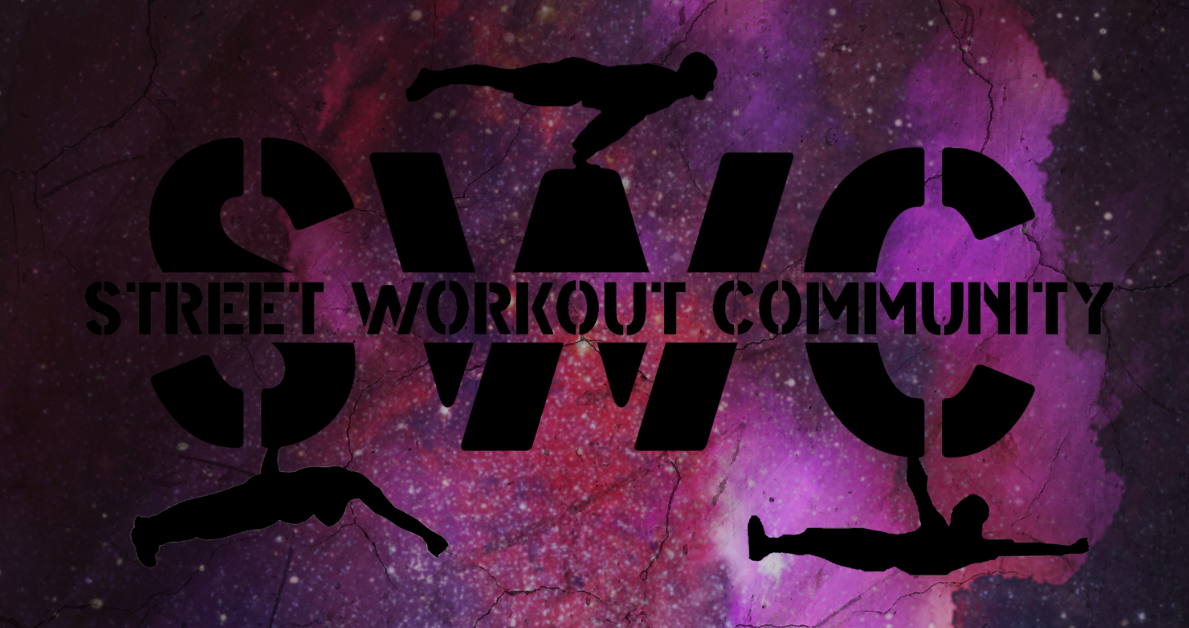
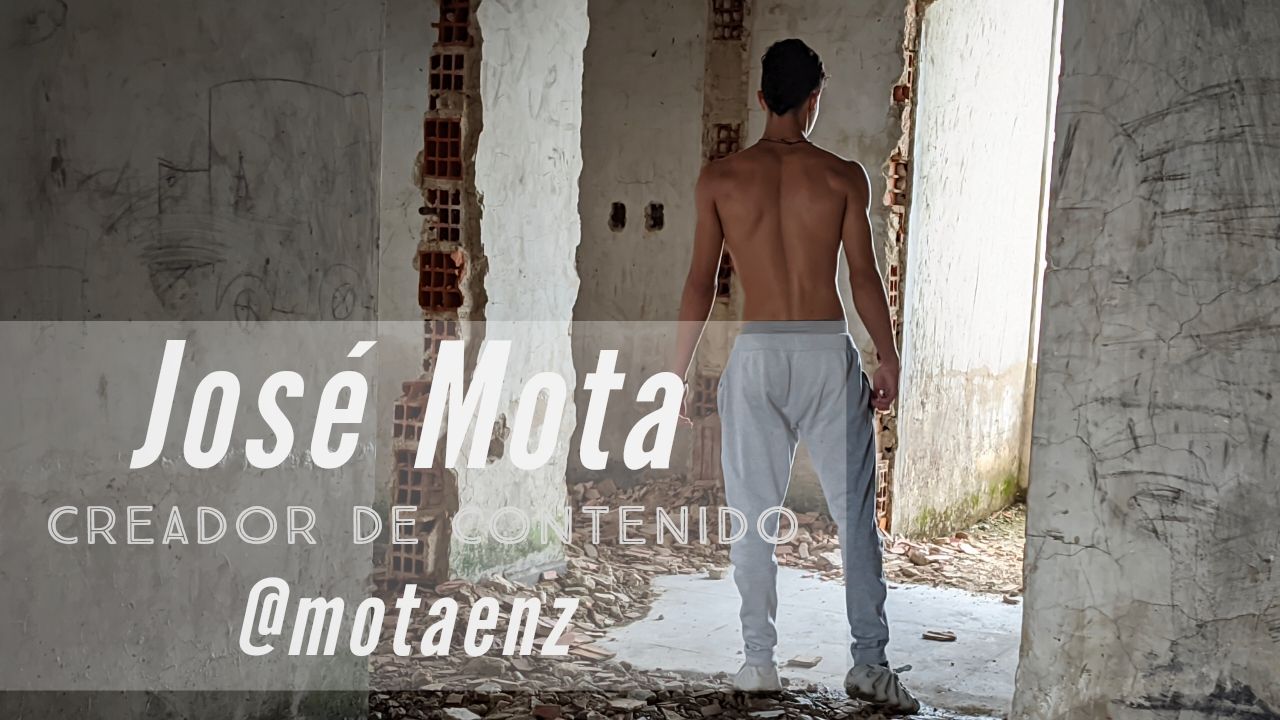

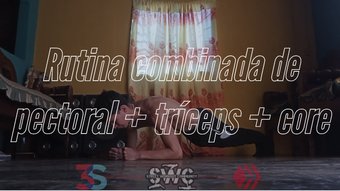
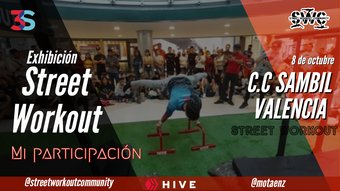
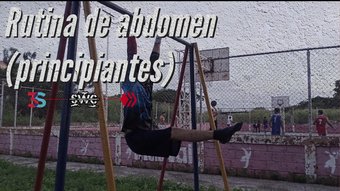
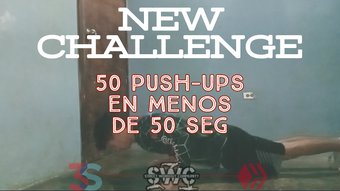
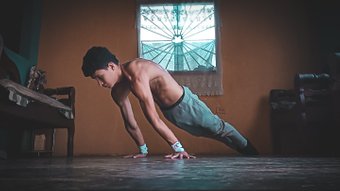

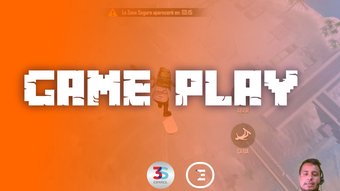

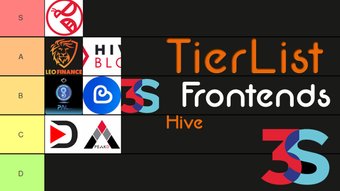




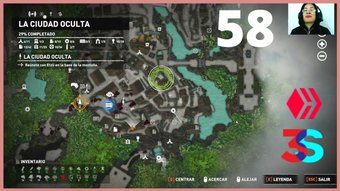

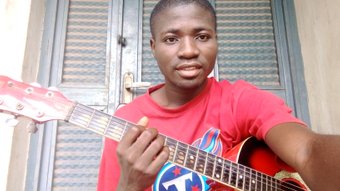





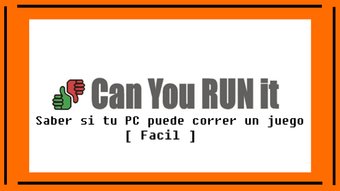






Comments:
Reply:
To comment on this video please connect a HIVE account to your profile: Connect HIVE Account